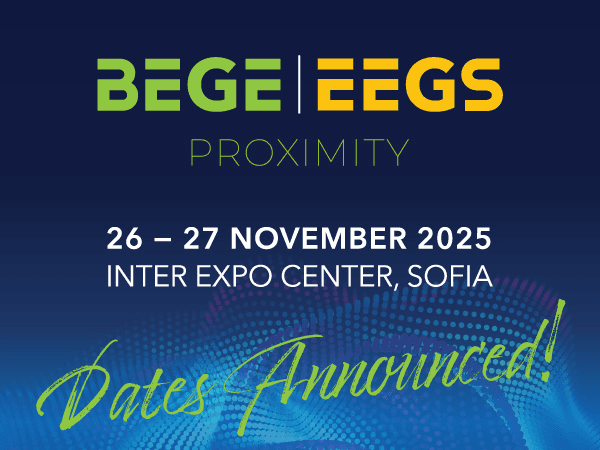QRPH is the country’s most widely used QR payment system, processing billions of transactions annually and serving as a core infrastructure in the Philippines’ transition from cash to digital payments. According to the latest data from the Bangko Sentral ng Pilipinas (BSP), 57.4% of retail transactions are now digital, with 66.4% of consumer-to-merchant payments already conducted through digital channels.
As one of the world’s largest remittance markets, the Philippines received USD 40.2 billion in remittances in 2024. Industry analysts note that a peso-denominated stablecoin like PHPC could help reduce cross-border transfer costs while also being usable for everyday spending.
PHPC is a 1:1 Philippine peso-pegged stablecoin operating on the Ronin blockchain. The project entered the BSP’s regulatory sandbox in July 2024, with its reserve assets managed by Coins.ph, a BSP-regulated virtual asset service provider.
Coins.ph CEO Wei Zhou stated that, pending full regulatory approval, PHPC users may be able to complete QRPH payments as early as 2026, simply by scanning QR codes with the Ronin Wallet.
The Ronin ecosystem is evolving beyond gaming toward broader payment and financial infrastructure applications. With the Philippines long serving as one of the most active markets for Axie Infinity, the country became a natural pilot site for Ronin’s payment-layer expansion. Jeffrey Zirlin, Co-Founder of Sky Mavis, noted that the integration will create a “unified loop connecting on-chain game earnings to real-world spending.”
If approved, Ronin Wallet will expand from a gaming-focused tool into a multi-purpose digital wallet, supporting QR payments, asset storage, and management of in-game earnings. Ronin and Coins.ph stated that updates regarding the official launch of QRPH integration will be released through their respective channels.



 1Days ago
1Days ago















